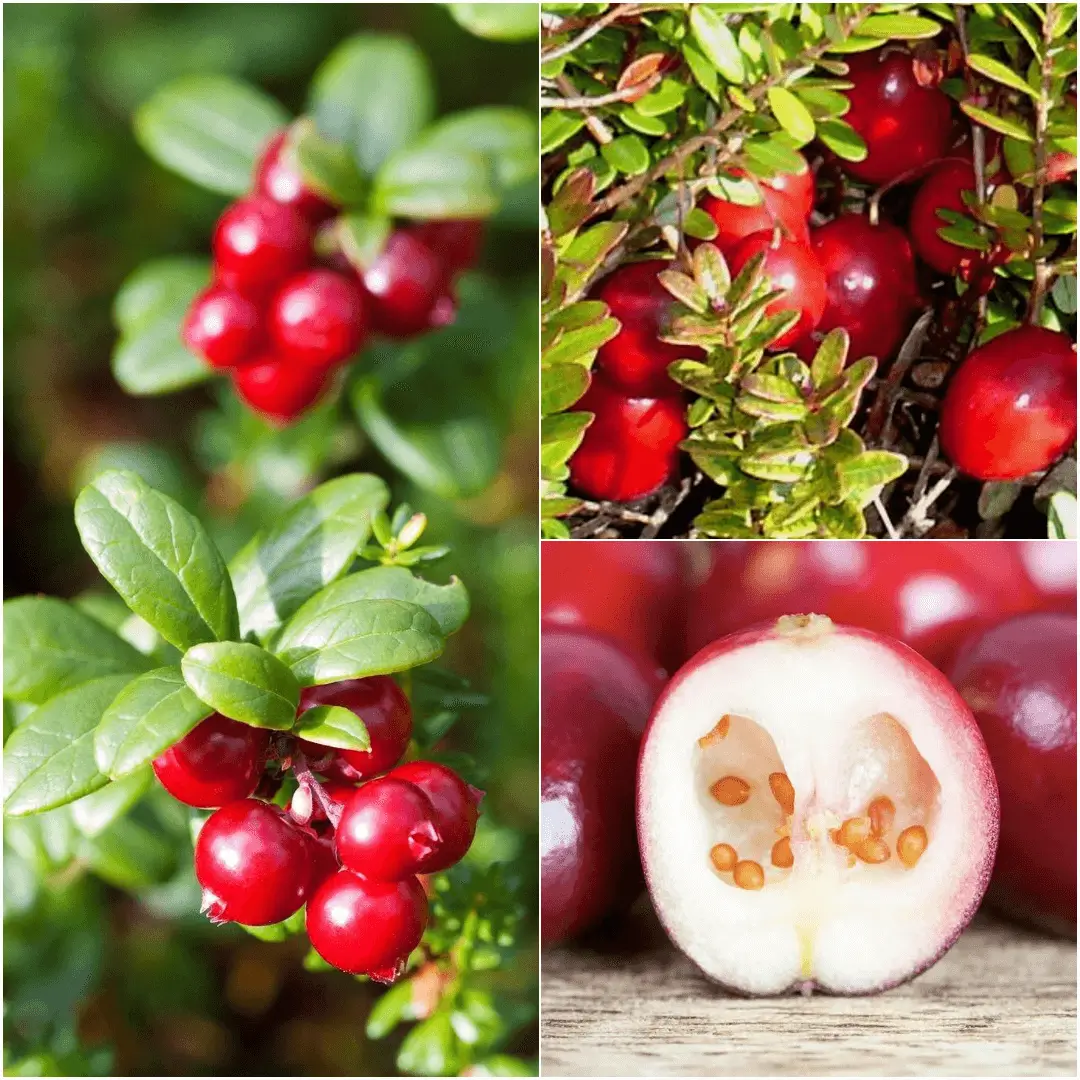If you’ve ever dreamed of harvesting your own fresh cranberries, you’re in for a treat. Growing cranberries might sound tricky, but with the right knowledge and a little patience, it’s a rewarding process. Whether you’ve got a spot near a pond or are creating a bog-like bed in your garden, cranberries can thrive in the right conditions. Let’s dive into everything you need to know about how to grow cranberries, from preparing the soil to that exciting first harvest.
What is Cranberries
Cranberries are not just for the holiday table; they’re a perennial evergreen shrub that can provide fruit year after year if taken care of properly. Native to North America, these hardy plants love wet, acidic soils and cooler climates. They grow in low-lying bogs, making them a perfect fit for gardeners who can recreate these conditions at home.
Preparing the Soil for Cranberries
Cranberries thrive in moist, boggy, and acidic soil. Think of their natural environment—wetlands. To mimic this, you need to prepare your soil by mixing in plenty of sand and acidic organic matter, like peat moss or pine needles. The key is to ensure the soil retains moisture while maintaining good drainage to avoid waterlogging the roots.
Selecting the Right Location
Where you plant your cranberries plays a significant role in their success. They do best in areas where the soil can be kept moist, ideally near water sources like a pond or stream. If you don’t have a natural water feature, creating a bog-like bed in a low-lying area of your garden will work just as well. They prefer sun, but partial shade is also acceptable, especially in hotter climates.
Frost Tolerance and Protection
One of the great things about cranberries is their ability to tolerate cold weather. They can survive extreme cold, but there’s a catch—the blossoms are sensitive to spring frosts. To protect them, consider covering your plants if a late frost is forecast. A simple frost cloth or even some mulch can prevent damage and ensure a good yield.
Feeding Cranberries for Optimal Growth
Cranberries love acidic environments, so mulching with acidic compost helps maintain the soil’s pH. It also keeps the soil moist, which is vital for healthy growth. For the first three years, it’s important to topdress the root zone with a balanced organic fertilizer each spring. This gives the plants the nutrients they need to establish strong roots.
Companion Plants for Cranberries
Wondering what to plant alongside your cranberries? Rhododendrons and azaleas are excellent companions, as they thrive in similar acidic conditions. Plus, they add beauty and attract beneficial insects to your garden, which helps your cranberries grow.
Spacing Requirements for Cranberry Plants
To ensure your cranberries have plenty of room to spread out, plant them about 60 cm (1′ 11″) apart. If you’re planting in rows, keep a similar gap between each row. This spacing ensures good air circulation, which helps prevent disease and gives each plant enough room to flourish.
Planting Cranberries
The best time to plant cranberries is in the spring, after the last frost has passed. Dig holes in your prepared bog-like bed or near a pond, making sure the plants are just above the waterline. This setup mimics the natural conditions cranberries love. Over time, they’ll spread and cover the area, forming a beautiful, evergreen groundcover.
Watering Cranberries
Cranberries are a bit picky when it comes to water. They only like rainwater, which is naturally acidic. If you live in an area with regular rainfall, you’re in luck! If not, you may need to collect rainwater or install a system to ensure your plants get the right type of hydration.
Cranberry Harvesting Timeline
Don’t expect cranberries to be an overnight success. These plants take patience—your first harvest will be about three years after planting. But once they’re established, they’ll produce fruit for decades. Harvest cranberries when they turn deep red and firm, usually in the fall, but make sure to gather them before any hard frosts hit.
Protecting Cranberries from Freezes
While the plants themselves can tolerate frost, the fruit is another story. Hard freezes can damage ripening cranberries, so if a cold snap is expected in late fall, consider harvesting early or using frost covers to protect your berries.
Troubleshooting Common Cranberry Problems
Cranberries do best in acidic soil with a pH between 4.0 and 5.5. If your soil’s pH is too high, the plants will struggle. You can test your soil regularly and amend it with sulfur or peat moss if needed. Also, keep an eye out for common pests like fruitworms or fungal diseases, which can affect the health of your crop.
Long-Term Care for Cranberries
Cranberry plants can live and produce for decades if properly cared for. After each harvest, give your plants a little TLC by mulching with fresh acidic compost and pruning any dead or damaged stems. This will help rejuvenate the plant and ensure a strong crop the following year.
Growing cranberries might require a bit of extra effort, but it’s totally worth it. From preparing the perfect acidic soil to harvesting your first batch of ruby-red berries, the process is rewarding and fun. Remember to keep the soil moist, protect the blossoms from frost, and, most importantly, be patient. In just a few years, you’ll be enjoying fresh, homegrown cranberries!
FAQs
Is cranberry easy to grow?
Cranberries require specific conditions, such as acidic, bog-like soil and consistent moisture, but once those are met, they can be relatively easy to grow.
How long does it take to grow a cranberry?
Cranberry plants take about three years to begin producing fruit, but they can continue bearing for decades with proper care.
Where do cranberries grow best?
Cranberries grow best in bog-like conditions or near water sources in acidic soil. They prefer cooler climates with ample rainfall.
Can cranberries be grown from seed?
Yes, cranberries can be grown from seed, but it’s a slow process. Most gardeners prefer to start with young plants or cuttings for quicker results.


